Feature: Web Tools

Web tools: An explanation of the functionality of web tools, their usability and value. Sponsored by Dot New Media. Written by Mike Swindell.
Developing a website is a journey of discovery for most companies.
The natural inclination for travel retailers or suppliers coming to the web for the first time is to try the toe-in-the-water approach – a website that does no more than declare “we’re here, and this is what we do”.
This is certainly the cheapest option, but one, in an increasingly sophisticated market, which will produce little return.
The value of e-commerce is already considerable and with growth in the travel market indicating that this is a premium online sector there is a strong argument for travel companies finding a foothold in this lucrative new distribution stream.
In the US, for example, comScore Media Metrix reported that total online consumer sales reached $6 billion in July this year, up 26 per cent on the same month last year. In the same period, online travel service sales grew 32 per cent to reach $2.9 billion in July, nearly half of the e-commerce total.
In Europe, a new Forrester Research report indicated that the number of Europeans getting online was slowing down but, significantly, there were more regular Internet shoppers.
The company’s research showed that the Internet penetration rate in Europe in the second quarter of 2002 was 46 per cent, three percentage points higher than in the fourth quarter of 2001. But while growth in new Internet users is slowing down the number of regular online shoppers increased by 22 per cent from the fourth quarter of 2001 to the second quarter of 2002.
There is now a growing sophistication among Internet users, and the number of regular online shoppers now accounts for 17 per cent of all Europeans, says Forrester.
So, with increasingly educated and skillful Internet users now making their presence felt, websites need to be equally sophisticated to hold web surfers’ attention, draw them deeper into the site and make a sale.
To achieve this, web designers turn to web tools that add value to the site visitor’s experience, offer associated information and services or guide a potential buyer toward an ultimate sale.
For value off-the-shelf tools, GDSs are a good source, with Galileo, Sabre, Worldspan and Amadeus fighting a keen battle win travel agency business.
Search and booking engines are their stock in trade and can be overbranded to an agency website’s look and feel.
Other tools, such as Worldspan’s My Trip and More and Sabre’s Virtually There allow agents to offer their clients at home and abroad online access to their travel itineraries while also delivering additional details such as destination information, flight status, weather and maps. Sabre’s product also has the appeal of being available free to any website, regardless of who powers it.
But travel technology consultant Paul Richer, senior partner in the UK-based Genesys consultancy points out that web tools can be as simple as links to currency conversion sites, government travel advice, worldwide weather and travel health.
These add value to a website, but as the link transports the visitor away from the original site to the linked information, there is every chance the websurfer will fail to return.
The only way of giving site visitors information or services from a third party provider while keeping them within the original site is to pay a licence fee to the originator.
Travel guides publisher Lonely Planet is one company to have wholeheartedly embraced this form of disseminating information.
Business development manager Lisa Oliver said anyone could build a link to the Lonely Planet home site, which was fine for Lonely Planet but lost the original site a visitor.
To help third party sites retain their visitors while offering Lonely Planet information, the publisher has developed a series of licensed product which can be viewed on the original site without the visitor being transported away.
World Guide offers punchy, Internet-styled text, images and maps of more than 360 destinations around the world, with information available on request in French, German, Italian, Spanish and other languages; The Scoop is a daily feed of five new stories a day from Lonely Planet writers around the world dealing with travel issues in news style; and Theme Guides is for people who know what they want to do but don’t know where to go. Subjects range from sport to art and from honeymoons to safaris with five to eight suggested destinations.
Even more sophisticated is Whatsontheplanet, currently used on the Internet portal, tiscaly.co.uk, and British airline bmi.
This product is a marriage of Lonely Planet’s World Guide and events guide Whatsonwhen, which offers date and destination sensitive information for people visiting the host site. For example, if a web visitor books a ticket to Amsterdam with bmi or bmibaby, event information in that city on the relevant days of travel will be displayed.
Licensing agreements on webtools is now a cost effective way of acquiring clever technology to boost the desirability and stickability of your website.
Genesys’ Paul Richer said: “There is very little new under the Internet sun. Any tool you can think of has probably already been built and if you want to integrate it into your site, the originator will probably allow it for a licence fee.”
Work done by design company DOT New Media, for example, brought to life an interactive map of the Caribbean islands for the Caribbean Tourism Organisation’s website www.doitcaribbean.com.
The company has since reworked it, under licence, for P&O Cruises. The result is a Caribbean map which filters out the destinations that the cruise company do not feature while also showing itineraries where it goes.
DOT managing director Pete Warren outlined some golden rules to follow in order to produce an effective website.
“First of all you have to know your customer and know what they want,” he said. “It’s only from that point can you work out how best to give life to your site.
“Then you can be as clever as you like, depending on your budget. You can track a visitor through your site by setting cookies and triggering options – but they must be options and not an ultimatum.
“And you have to strike a careful balance between overburdening your site visitors and not giving them enough.”
Like most things in life, cost plays a considerable part in the selection and sharpness of web tools.
“At entry level there is a trade-off between functionality and ownability,” notes Mr Warren. “The more you pay, the more the tool is your own and can be tailored specifically to your market segment.”
—
Read previous TravelMole Features:
28 Feb: British Travel Trade Fair 2002 by Reed Travel exhibitions
13 Mar: Recruitment: Temporary Staffing Strategies by New Frontiers
12 April: Recruitment: Testing times by New Frontiers
25 April: The GDSs sponsored by Galileo
20 May: E-ticketing sponsored by Sabre
5 June: Corporate Self Booking Tools sponsored by Sabre
1 July: CRM in the travel industry sponsored by Sabre
 United Kingdom
United Kingdom United States
United States Asia Pacific
Asia Pacific


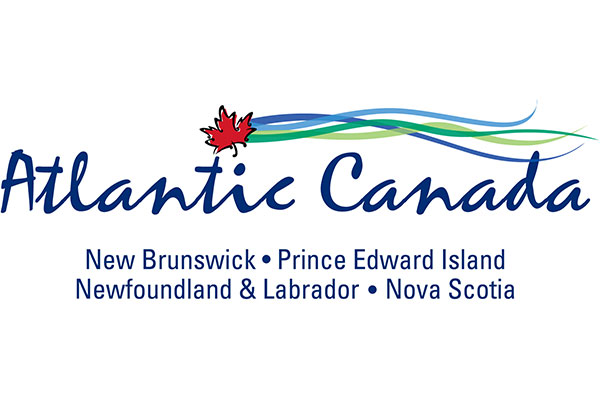




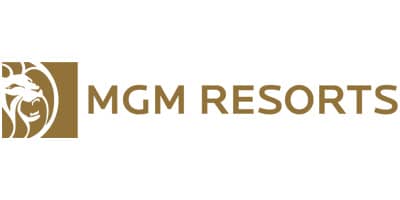
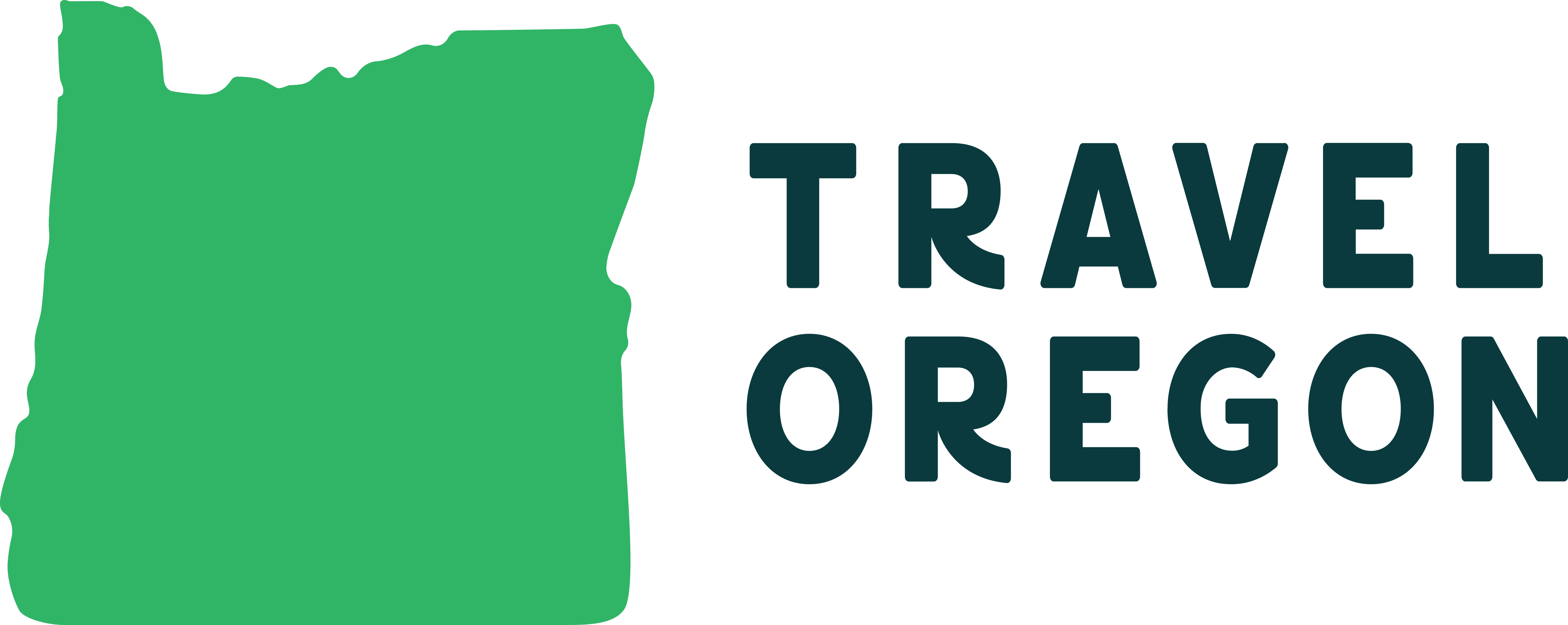


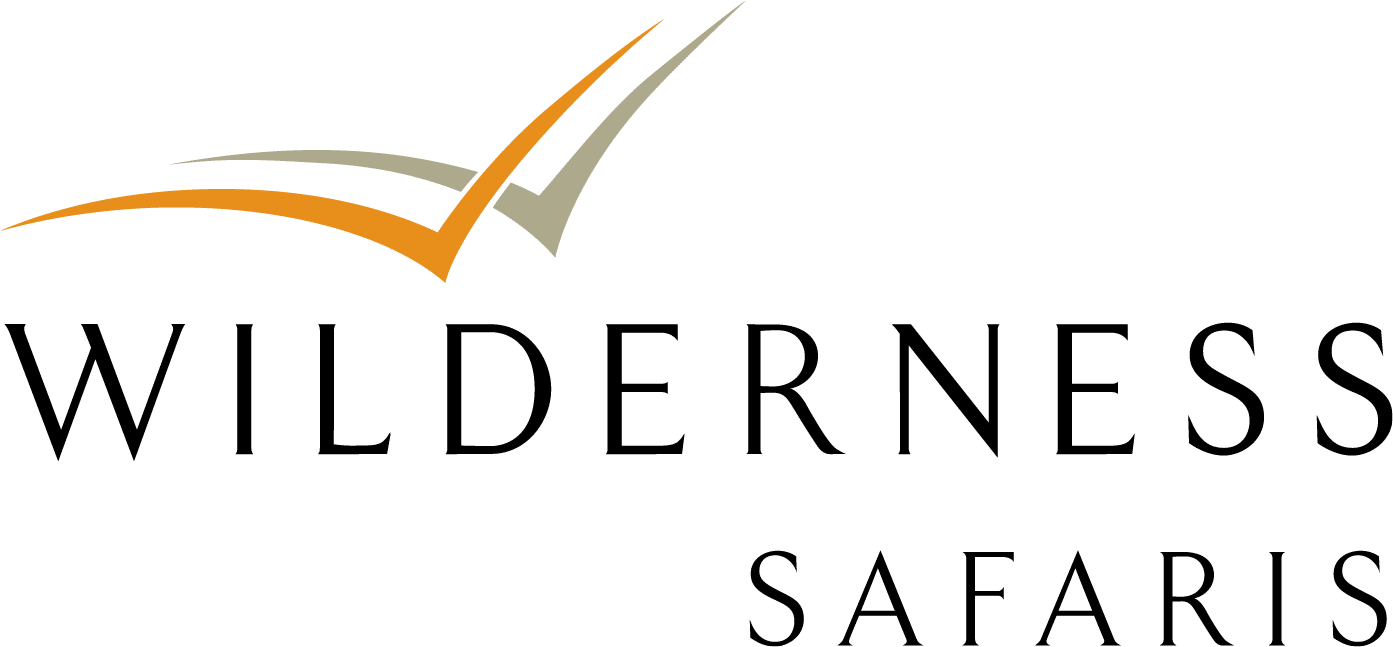
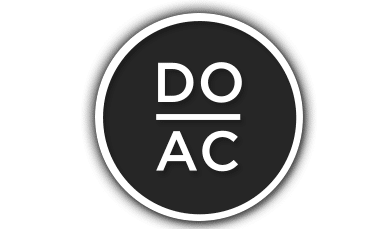

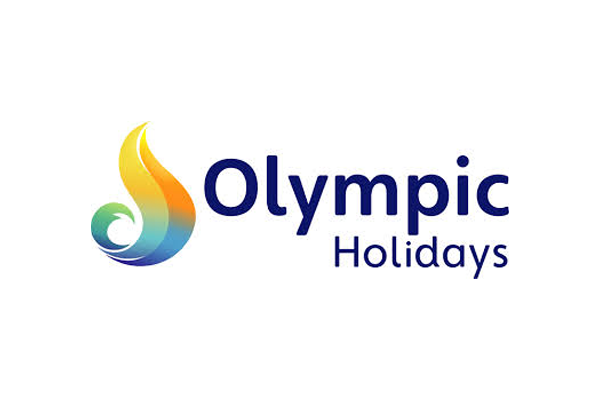
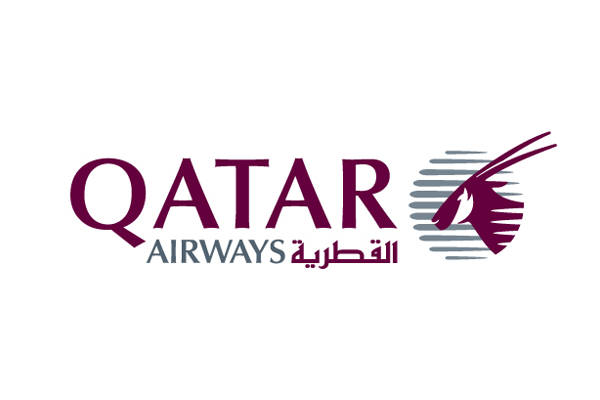



























BA suspending all Heathrow to Abu Dhabi flights
Unexpected wave rocks cruise ship
Woman dies after going overboard in English Channel
Report: Cruise guest died after ship lashed in heavy storm
British teen in serious condition after paraglider collision